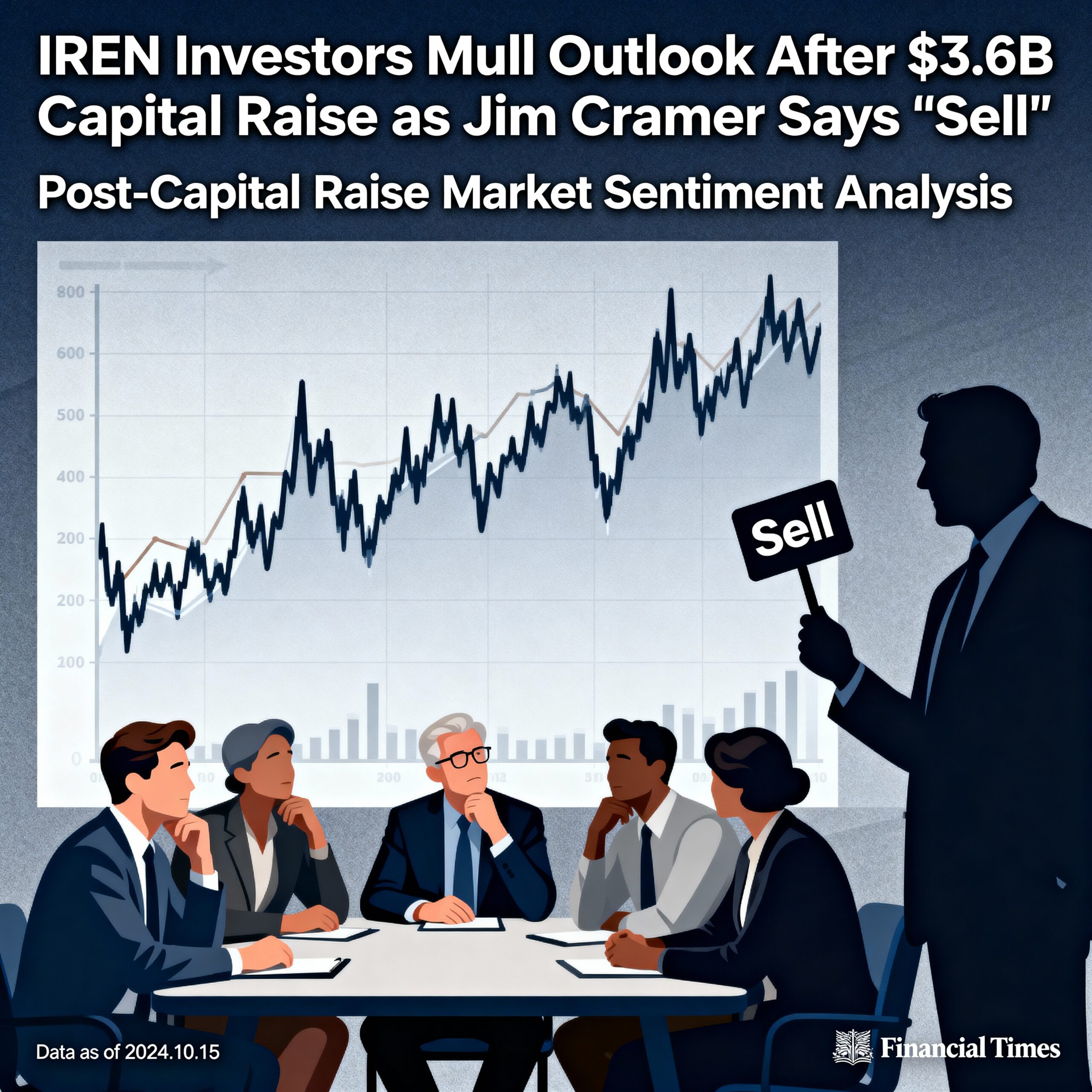STRK Gains 3% Since Launch While MSTR Slips 20% – What’s Behind the Contrast?
Since its February 5 launch, Strike (STRK), the preferred stock issued by Bitcoin-focused investment firm Strategy (MSTR), has climbed 3%, even as MSTR’s common stock has tumbled over 20%.
Preferred stocks like STRK occupy a unique position between equity and debt, offering shareholders priority when it comes to dividend payments and asset claims in case of liquidation. Unlike traditional bonds, STRK has no maturity date but pays a fixed dividend, making it attractive to income-seeking investors.
This design makes STRK less volatile than common shares. Data from Strategy’s internal dashboard shows STRK has only a 26% correlation with MSTR and a slightly negative -7% correlation with Bitcoin (BTC). Volatility metrics further highlight its relative stability, with STRK at 49%, compared to BTC’s 60% and MSTR’s exceeding 100%.
How Strategy’s $21 Billion ATM Offering Impacts STRK
Last week, Strategy announced a massive at-the-market (ATM) offering, which allows the company to issue up to $21 billion worth of STRK shares at market prices over time. If the full amount is sold, Strategy would face an estimated $1.68 billion in annual dividend payments.
To cover this obligation, the company may have to explore different funding methods. Selling more MSTR shares via an ATM offering is an option but seems unlikely given the stock’s recent decline. Instead, the company may rely on operational cash flow or issue convertible debt to bridge the gap.
Dividend Yield and Conversion Perks
STRK currently offers an 8% annual dividend yield at its $100 liquidation preference. However, with its market price at $87.45, the effective yield jumps to around 9%, reflecting the inverse relationship between stock price and yield.
STRK also comes with a conversion option: If MSTR’s stock price hits $1,000, each STRK share can be exchanged for 0.1 MSTR shares. With MSTR closing at $262.55 on Wednesday, this conversion feature remains far from realization but could provide long-term upside beyond the fixed dividend payments.
Balancing Stability with Potential Dilution
As a lower-volatility, income-generating investment, STRK presents an appealing alternative to MSTR’s more volatile common stock. However, the large-scale ATM offering raises concerns about potential dilution, similar to how previous stock issuances have impacted MSTR’s price.
While STRK provides investors with steady dividends and lower exposure to market swings, its long-term upside could be constrained if additional stock issuance weighs on share prices.





